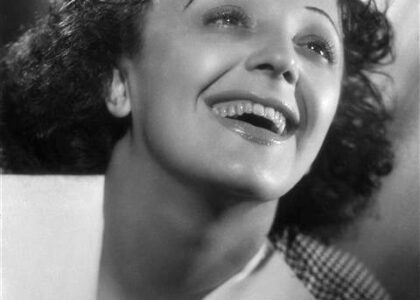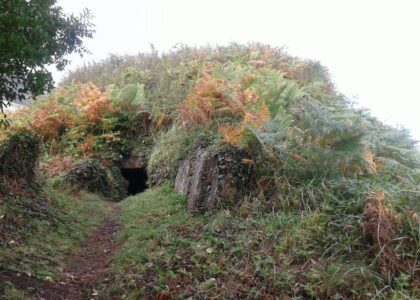Welcome to the historic La Grande Union Pacific Depot, a cornerstone of Oregon’s railroading history. Established in 1930, this depot is a testament to the era when railroads were the lifeblood of American expansion and commerce. Designed by the renowned architect Gilbert Stanley Underwood, the depot stands in a Mediterranean Revival style, crafted from sturdy stone, a departure from its wooden predecessors. Underwood’s design marked one of his last contributions before the Great Depression curtailed such grand projects.
The origins of the railroad in La Grande trace back to 1884 when the Oregon Railway and Navigation Company laid tracks through the city. This development transformed La Grande into a vital ‘division point’ for the burgeoning Union Pacific Railroad. The rail yard, roundhouse, and maintenance shops buzzed with activity as trains like the City of Portland, Idahoan, and the Portland Rose connected the Pacific Northwest with far-off cities like Chicago and Omaha. By 1925, it was estimated that a quarter of La Grande’s homes were owned by railroad employees, underscoring the rail’s profound influence on local life.
La Grande Depot’s story is also marked by resilience. The first depot, built in 1884, was lost to a fire around 1890, followed by the second in 1904. The current structure, with its terracotta panels and Union Pacific insignia, opened in December 1930, creating a lasting landmark in the La Grande Commercial Historic District.
The depot’s significance extends beyond architecture and railroading. It was part of the fabric of a community that grew with the railroad, fostering a thriving trade hub in the Grande Ronde River Valley. This area was once noted for its agricultural promise by Oregon Trail immigrants in the 1840s.
Though passenger services ceased in 1997 with the discontinuation of Amtrak’s Pioneer route, efforts to restore this connection persist, reflecting the depot’s enduring place in both local and railroading history. Today, while no longer serving passengers, the depot remains a Union Pacific office, a living reminder of an era when the rhythmic chug of trains was the heartbeat of America.






